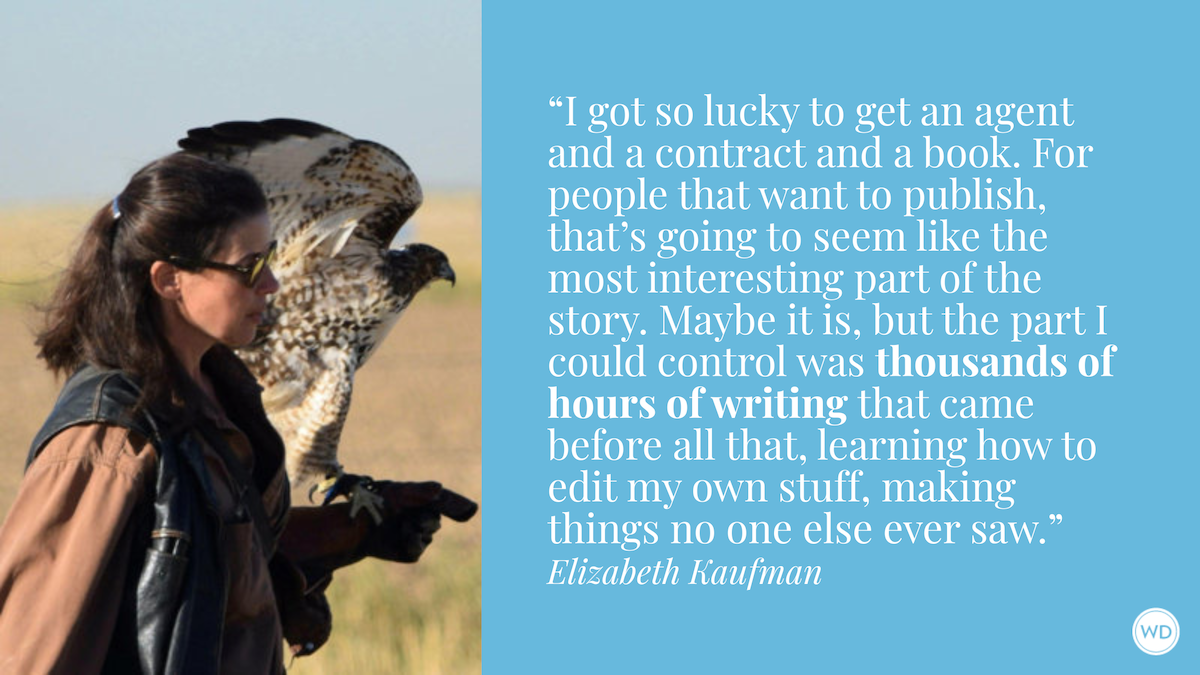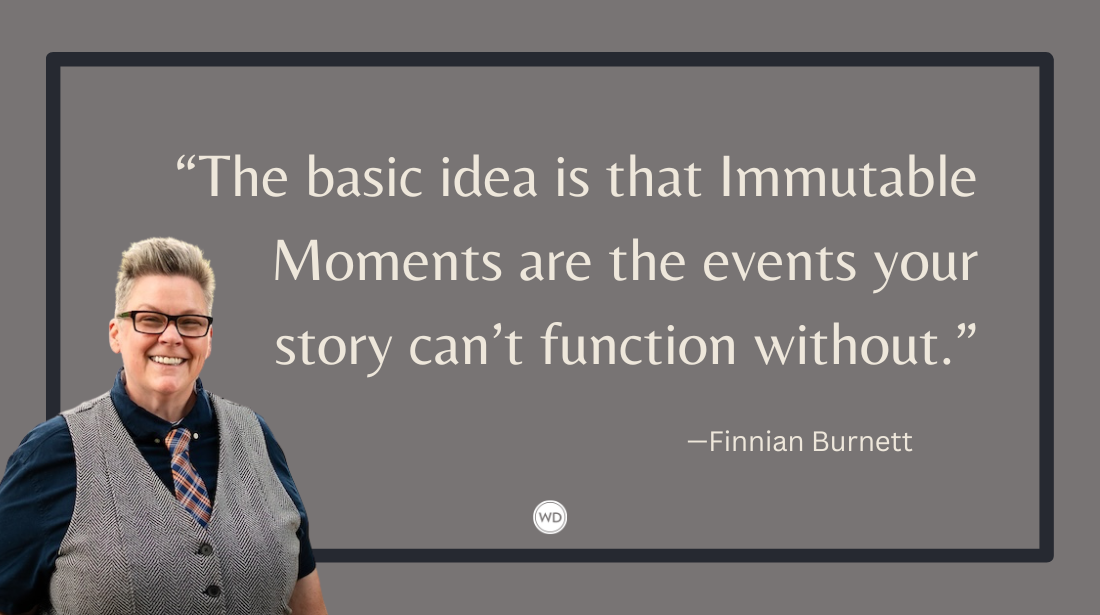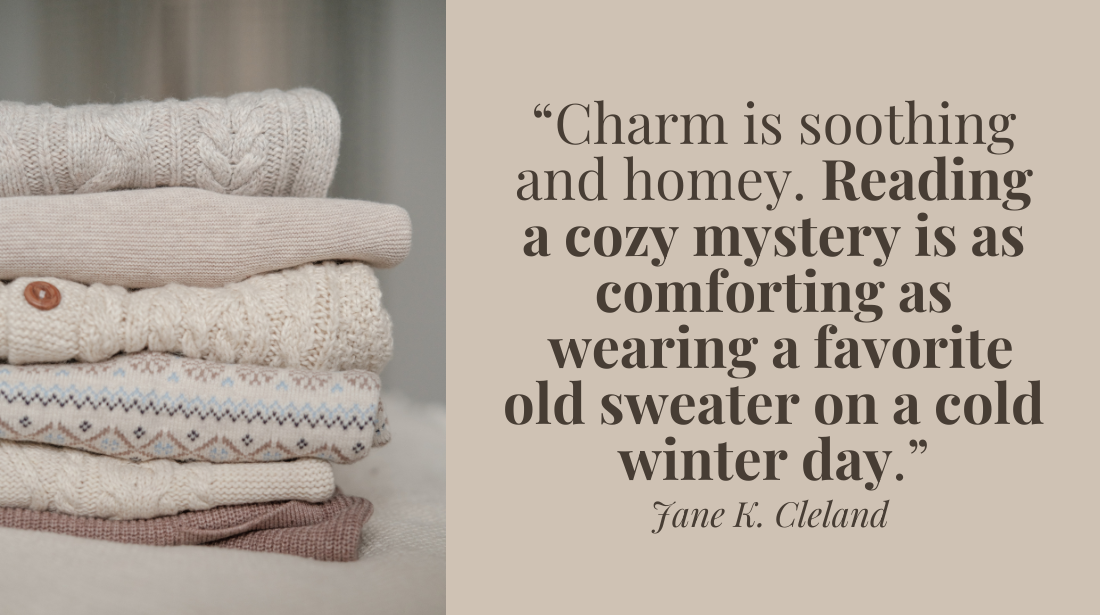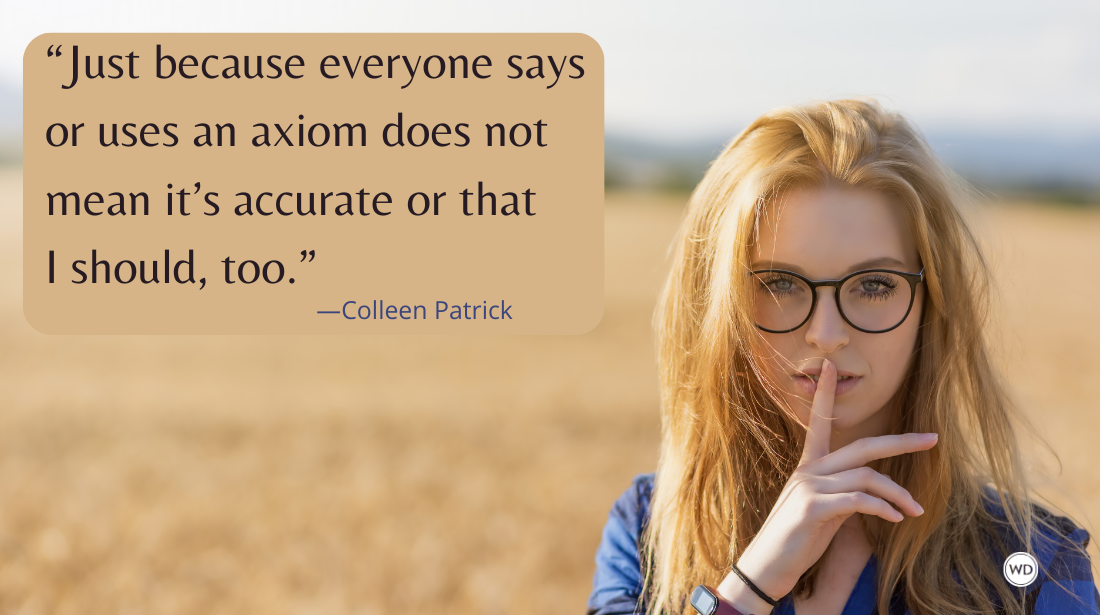What Fights Can Do For Your Story: FightWrite™
Trained fighter and author Carla Hoch focuses in on what a fight is and what a fight can do for our stories, our characters, and our readers.
This year, FightWrite on the WD Blog is going to do a series on writing fight scenes from start to finish: From one character’s decision all the way to another’s decomposition. I figured this first post should be about what fight scenes can do for your story, and trust me, they can do a lot. Don’t dismiss them as a one dimensional. A fight scene can give you a whole heap of options that you might not have considered.
Define Fight
But, first, let’s define what I mean by fight. It’s far more than a physical struggle. To me, a fight is a purposeful clash of wills that creates physical or psychological pain. The winner of the fight will always be the one who creates the most pain first. The victim need not fight back for a fight to have taken place. An attack is still a clash of wills. The assailant has the will to wound. The assailed has the will to be safe. And don’t discount the gravity of psychological injury. Physical wounds pale in comparison to those of the mind, and mental trauma almost always accompanies physical trauma.
What Fights Can Do for Our Story
Now that we know what a fight is, let’s look at the opportunities that fights provide our work. We are considering fights of all sizes. From a small spat to an intergalactic engagement, they all provide possibilities that can improve our storylines and get our readers wholly invested in our characters.
How Fights Can Impact Our Storyline
A Backdrop
Fights can be great backdrops. If your work is set during a historical battle, such as World War II, your reader immediately has an idea of when the story takes place and what could be at stake. Even if the reader doesn’t know the details, who was on which side, or exactly what years the war took place, they understand that nobody will have a cell phone. They also understand that if a character is in that war, they might die. And depending on how important that character marching off to war is made to be, their risk of dying can create tension. And, oh, don’t we love tension in our work. It really sews the reader to the pages.
IndieBound | Bookshop | Amazon
[WD uses affiliate links.]
A Ticking Clock
Adding a fight can also start a clock for the story, scene or character. An easy example of this is a character preparing for a fight. The closer the bout gets, the harder the boxer trains, he pushes his body and mind to the brink. Then in the days before the fight, when his body is resting and readying, his mind will continue to race. And the reader is right there with him, being pulled along. They are there in the locker room as he warms up, in the bathroom stall as he vomits from anxiety, and walk alongside him closer and closer to the ring.
When you start a clock for the character, the story becomes a Jack-in-the-box for the reader. The reader feels the tension in the arm of the toy tighten as each page turns. And the closer the reader gets to moment when wills clash in an in-your-face explosion, the less able they are to put the scene down.
A Jaw Drop
Fights can also create an immediate and jaw-dropping shift in the storyline. If you stop the movie Psycho at the 19-minute mark, it’s a story about a secretary absconding with her boss’ money. But, come minute 20, it’s a whole other thing. Few tools allow us to make such a tectonic shift in our work quite like fights and violence.
How Fights Can Impact Our Characters
Bring Out the Batman
Speaking of dramatic shifts, if you want to change a character on the spot, put them in a fight. Consider young master Bruce Wayne. In the time it took for his parents to be gunned down, he went from being privileged to purgatory. And, thus, the Batman was born. That moment made that character. It forced Bruce Wayne to become something he wouldn’t have been otherwise.
A fight can compel character development in a way not many other things can. Traits that may be hidden for decades under normal circumstances unfold in an instant in a fray.
In a fight, a character can sustain a lasting physical or mental injury that can make them resilient, resentful, or unrecognizable to their own self. They can finally learn about their super power and use it for good. Or bad. Or learn that they aren’t brave enough to use it at all. They can kill someone and go to jail for life or be eternally incarcerated by the secret of it. A fight can set a character on a mission to never be so vulnerable again. It can also give them the mission of causing the world as much pain as they had to endure.
How Fights Can Impact Our Readers
Bring On the Pain
Oh, this is my favorite thing about fight scenes and what I see as the most valuable aspect of them. A fight creates pain and pain is a universal experience. Every living creature will know suffering. And, thanks to mirror neurons, that suffering literally puts our readers in the scene.
Mirror neurons are a type of brain cell that activates the same whether we are seeing an action or doing it[1]. That is why we recoil when we see someone else stub their toe. In that moment, our brain is firing in the same way it would if we had stubbed our own toe. So, if you want to bring in the reader, bring on the pain. Because regardless of who wins the fight scene on the page, if your reader winces during the reading, you, good writer, are the victor.
We will look at more of the opportunities fight scenes offer in the course of this series. In the next post we’ll look at ways to ignite a fight. It’s going to be a thorough examination of the whole, “I know you are but what am I” thing. So, be ready, Freddy! In the meantime, check out my blog at FightWrite.net, my book Fight Write: How to Write Believable Fight Scenes (linked above), and my class with Writers Digest University:
Carla Hoch is the award-winning blogger of FightWrite® and author of the Writer’s Digest book Fight Write: How to Write Believable Fight Scenes. She is a WDU instructor who regularly teaches on the craft of writing fight scenes, action, and violence as well as the mechanics of fighting for writers. Carla is a world champion jiujitsu player and has experience in almost a dozen fighting styles. She lives and trains outside Houston, Texas.








